Atatürk’s funeral began its journey from Istanbul via Izmit to Ankara with the attendance of foreign state ships on November 19, 1938. The Soviets participated in the ceremony with a committee under the leadership of Foreign Minister’s assistant V.P. Potemkin on destroyer Moscow who had previously been assigned to Turkey. Other members were Admiral Yumashev, Commander of the Black Sea Fleet and Ankara ambassador Terentyev. There were 4 Soviet officers and 100 Soviet troops accompanying the committee. The committee stayed over at the Pera Palace Hotel. Soviet ship Moscow saluted with 21 artillery shots as Atatürk’s casket was placed on destroyer Yavuz. Afterwards, at 14:14:10 as Yavuz was on the move, Moscow had came drew aboard Yavuz from the right side passing and saluting in the seamen’s way.
Atatürk’s death in Soviet Press
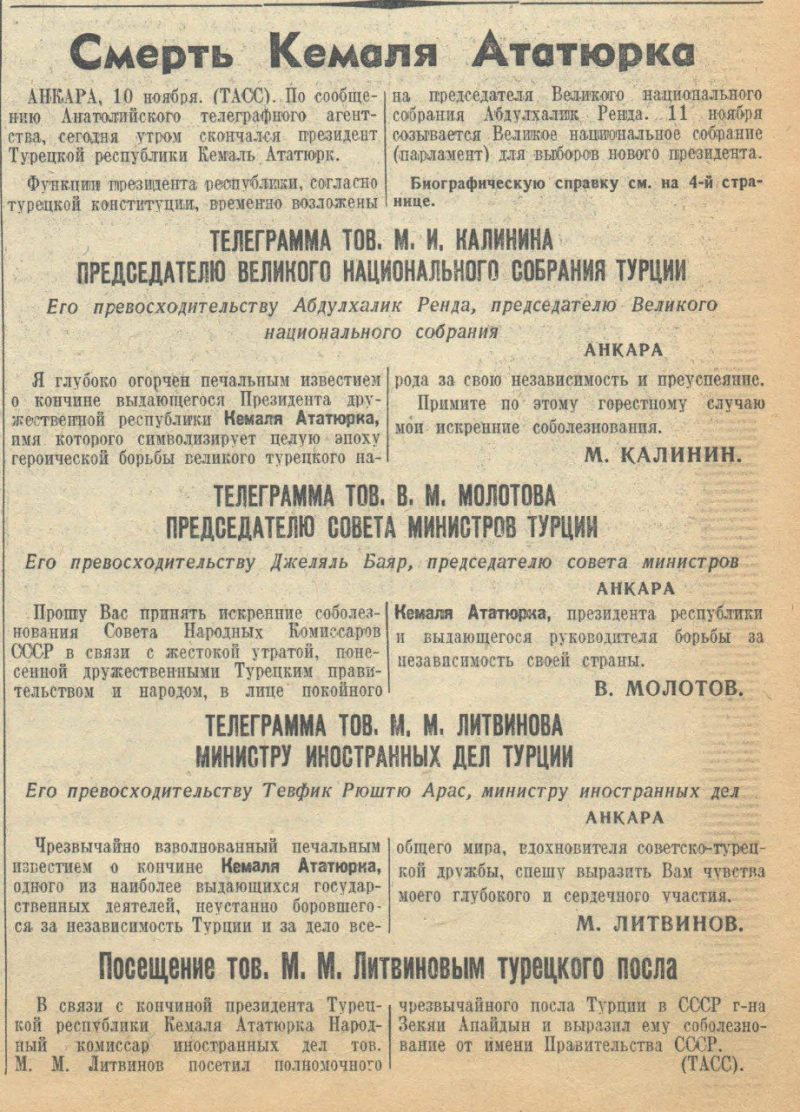
Destroyer Moscow had been recently built and had 2900 tons volume. Its speed was 35 miles. It featured five 12mm guns, four 3.7mm aircraft guns and six torpedo tubes. The British had attended the ceremony with destroyer Malaya, with which Sultan Vahdettin left Istanbul in 1922. Atatürk’s casket was brought to Izmit by sea and traveled to by train to Ankara, where the funeral service was held.

“Do not meddle in domestic issues”
We are now giving some information that was on the reports of the Soviet authorities that attended the funeral. One of these reports had been forwarded to Stalin as “Top Secret” and narrated an event that had not appeared anywhere on the press. These documents are now in St. Petersburg Russian Military Naval Fleet State Archive (RGAVMF) and in Russian Foreign Ministry Archives (AVPRF). The Military Naval Fleet Ministry’s document marked as “secret” and dated November 12, 1938, pertaining to the names of the persons assigned to the funeral committee also included the rules to be adhered to. It stipulated the seamen go ashore in groups of 3-5, not talk about state affairs, and do not take letters of stuff from people, no newspapers or such to be taken ashore, not to meddle in Turkish domestic affairs. (RGAVMF fond r-1678, list 1, file 32, page 8).
Admiral Yumashev who attended the ceremony wrote a report about their visit on November 28. According to this report, destroyer Moscow sailed into Büyükdere inlet at 8 in the morning of November 17 and dropped anchor at Moda Cape as directed. Moscow saluted the city while passing the Maiden’s Tower with 21 artillery shots to which the Turks replied with the same number of shots.
The ceremony at Sarayburnu, November 19, 1938 (right).
The report stated that due to mourning, the Turkish authorities cancelled reciprocal visits with the foreign ships. However, an officer from destroyer Yavuz came aboard Moscow to congratulate Moscow on its safe and successful journey to Istanbul; in return to which Moscow’s lieutenant Porshin visited Yavuz.
The tension with the Germans
The Soviet ship’s officers exchanged reciprocal visits with the other foreign ships. When the officers from German destroyer Emden took pictures of Moscow at close range while coming for a visit created some tension for the Soviet ship. Even though this was brought up during the talks, the German committee took new pictures of the Soviet destroyer on the return ride. On November 19, all foreign ships escorted Yavuz who was bearing Atatürk’s casket.
When the ceremony was over, the Commander of the Mediterranean Fleet on the British ship sent a message by semaphore to the Soviet ship congratulating on completing the maneuvers successfully. The British commander repeated the congratulations when meeting with İsmet İnönü.
The Soviet committee visited the historical spots in Istanbul and 40 Soviet officers attended the funeral ceremony in Ankara. The committee was accommodated at a recently built hospital. According to the report, the hospital service had been excellent.
In Ankara, Fevzi Çakmak praised the Soviet sailors during his meeting with Potemkin. A tour of Ankara had been planned for the committee. Destroyer Moscow sailed away from Istanbul at 22:00 on November 26, 1938.(RGAVMF fond r-1678, list 1, file 32, page 55)
Soviet report revealed that a plane crashed (center)
The Soviet committee goes on shore… Admiral Yumashev assisting Potemkin… (right)
The plane crash at the ceremony
On the report “Atatürk’s death and funeral” sent by the Soviet Embassy, it was stated that immediately after hearing the news of death, the flags were brought to half-mast and the condolence telegrams were sent.
On November 15, the Soviet officials placed a wreath at Atatürk Monument in Ankara. On November 20 they placed a wreath at Atatürk’s casket in the Ethnography Museum. On November 22, İsmet İnönü met with the foreign committees. The Soviet authorities also had top level talks. (AVPRF fond 132, list 23, folder 53, file 13, pages 117-118)
Among these documents, the most interesting one was the document marked “top secret” and sent to Stalin. At this document, Potemkin and Yumashev have written about the details in Ankara and Istanbul. The report stated an incident that did not appear in the press. On November 19, as the foreign ships followed Yavuz, one of the planes accompanying them had crashed. The pilot had been saved by a boat from destroyer Moscow. The Turkish Foreign Ministry sent a note of official thanks to Moscow. (1) (RGAVMF fond r-1678, list 1, file 32, page 55) (2)
Notes
1 The British archives feature a document submitted by British naval attaché Colonel H.A. Packer to London Admiralty Department that a boat to rescue the bomber plane’s crew had been sent from destroyer Malaya and that there had been no fatalities. Figen Atabey, “Atatürk’e Denizden Yapılan Cenaze Töreni”, Atatürk Araştırma Merkezi Dergisi, no.83, July, 2012, p. 26.
2 DD. Vasilyev “Secretnoe Donesenie Stalinu o Pohoronah Atatürka” Turtsiya v XX Veke, Institut Vostokovedeniya Rossiykoy Akademii Nauk, Moscow, 2004, p. 108-118.
3 Figen Atabey, ibid, p. 21-22.







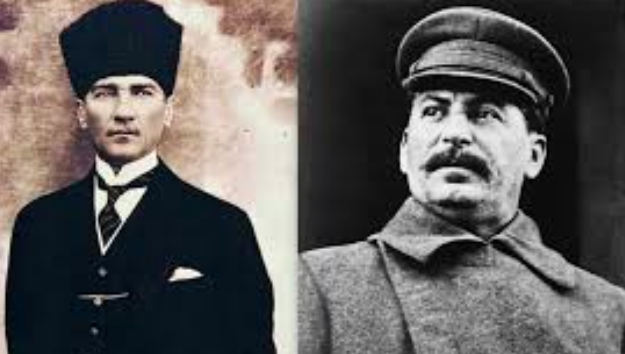
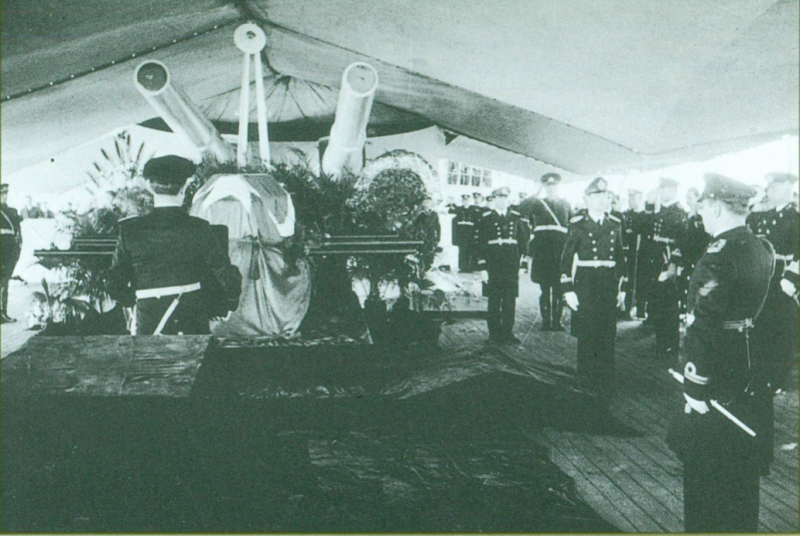
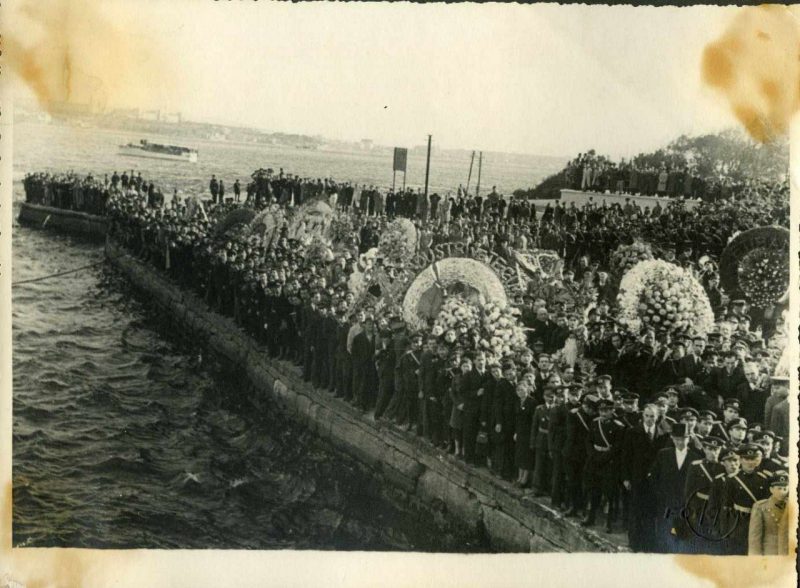
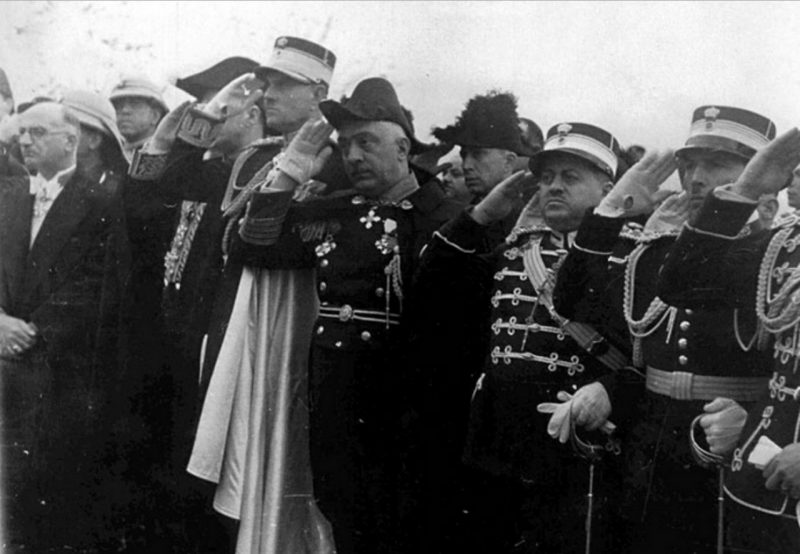











Leave a Reply